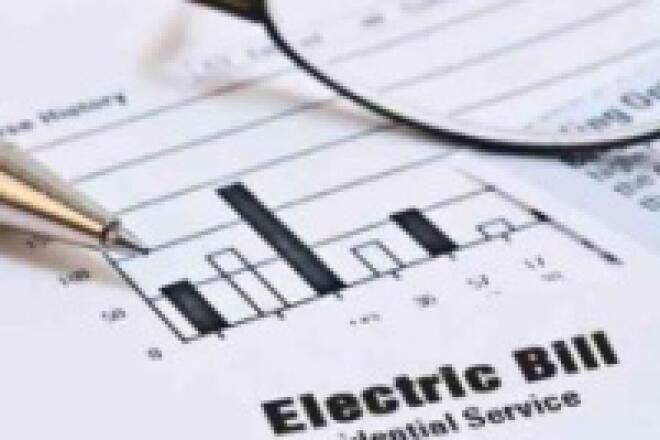
4 Tips for Understanding Your Power Bill
About once per month or so, everyone that has electric service receives a bill from their power company, whether through the mail, email, a website or an app.
If you’re like most people, you probably send the amount due to your power company by the due date listed without really digging into the numbers.
But, if you’re interested in becoming a smarter energy consumer, understanding what your bill is telling you is an excellent place to start.
Let’s look at four key tips that can help you understand your power bill:
1. Check how many days are in your current billing cycle.
While your bill comes once per month, the actual number of days covered on your bill can vary a bit (usually from 28 to 32 days), and this can be an important reason for month-to-month changes in how much you owe.
For example, if it usually costs about $5 per day to power your home, the difference between a 28-day billing cycle on last month’s bill and 32-day cycle this time would be $20 – independent of anything you’ve done or any changes in the weather.
2. Compare the weather to last month’s bill or the same month last year.
Speaking of the weather, did you know that it plays an important role in how much energy your home uses? For example, the greater the difference between the outside temperature and your thermostat setting, the harder your heating or cooling system will have to work.
Your bill may some relevant info to help you understand the impact of recent weather on your energy costs. Some bills show the average daily temperature of this month compared to last, and some may include info for the same month last year.
3. See how many kilowatt-hours you used compared to your previous bill.
The kilowatt-hour (or kWh) is equal to using 1,000 watts of electricity for an hour and is the standard unit that power companies use to calculate your energy use on your bill. The average American home will use about 30 kWh each day, and this total multiplied by your electric rate usually comprises the bulk of your bill each month.
Due to the weather, your habits and other factors, it’s typical to see some variation in your total kWh each month. However, upgrading to more energy-efficient appliances or taking energy-efficient actions – turning off lights or not using your A/C as much – can also make a big difference in this total each month.
4. Check to see what rate plan you’re on and whether you have options.
Finally, your power bill may have important info on your current electric rate and, potentially, on some other options available to you. Most standard rates today charge you the same price per kW regardless of the time of day, and the average cost is about 14 cents per kWh – though this varies quite a bit by region.
However, your bill may contain info on other rates plan available to you through your power company. For example, a Time of Use rate could provide you with a lower per-kWh cost if you avoid using a lot of electricity between 3 to 8 p.m.
When considering a new rate plan, it’s probably best to contact your power company and see if you’ll save on the new plan or if you should stay where you are for now.
Hopefully, these tips have helped you understand your power bill a bit more. If you’re interested in learning more about the charts and terms that appear on your bill, view the new “Decoding Your Power Bill” guide here. And, as always, reach out to your power company directly if you have any other questions.



